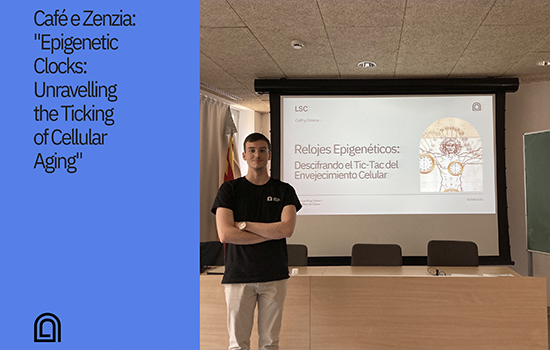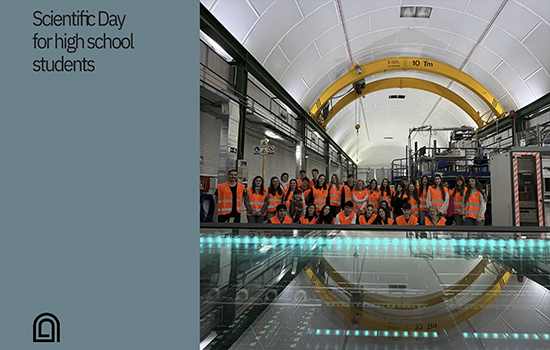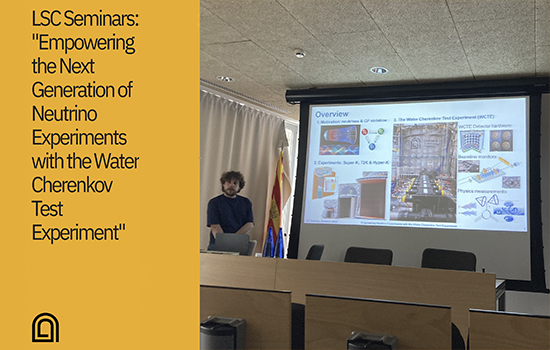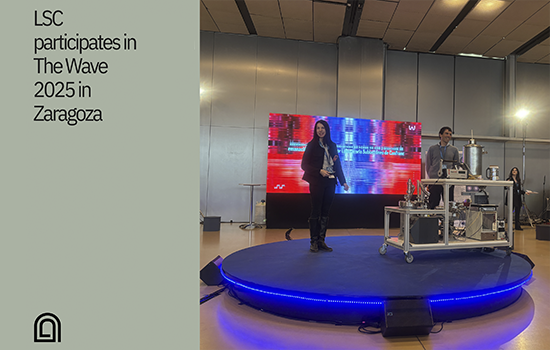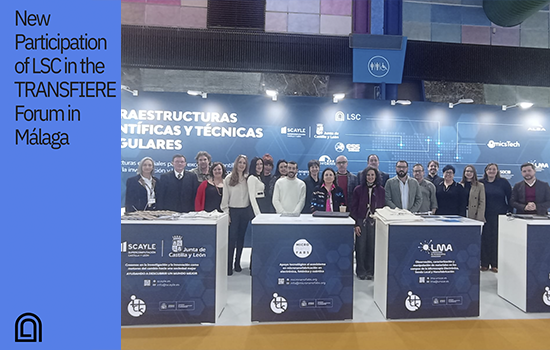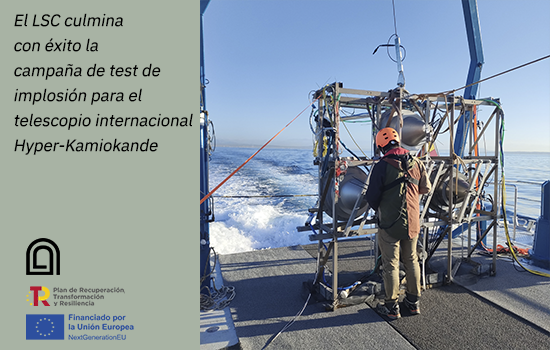April 2025
Café e Zenzia: “Epigenetic Clocks: Unravelling the Ticking of Cellular Aging”
At the LSC, we organize informal talks where our staff share the progress of their research, always accompanied by a coffee. On April 1st, our colleague Enrique Roig presented the latest advances from his PhD thesis on cellular aging, focused on the development of an epigenetic clock, a bioinformatics tool capable of predicting age based on methylation patterns. Bioinformatics is beginning to make its way into experiments at the LSC.
March 2025
Scientific Day for high school students
On March 26, the LSC held its Science Day for the second year in a row, welcoming students from the 2nd year of Bachillerato from schools in Jaca. Throughout the day, students took part in various workshops and learned about key techniques used at the LSC, such as copper electroforming and gamma spectroscopy. As in the previous edition, the day concluded with a visit to our underground facilities.
LSC Seminars: “Empowering the Next Generation of Neutrino Experiments with the Water Cherenkov Test Experiment”
Nicholas Prouse, a researcher at Imperial College London , presented in his seminar the Water Cherenkov Test Experiment (WCTE), which began collecting data at the end of 2024 in the CERN T9 beam. The data collected by WCTE will be used to improve pion reconstruction in water Cherenkov detectors and to analyze interaction cross-sections using a known particle flux. The results of this experiment will have a direct impact on Super-K, T2K, and Hyper-K.
LSC participates in The Wave 2025 in Zaragoza
On March 19, the LSC participated in The Wave conference, held at the Zaragoza Conference Center, where we conducted a workshop on radon, given the national interest in this topic and our expertise in its air monitoring and the measurement of its emanation in materials. In its second edition, The Wave brought together experts and companies for three days to explore how to transform technology into a real competitive advantage.
New Participation of LSC in the TRANSFIERE Forum in Málaga
From March 12 to 14, the LSC participated in TRANSFIERE, Spain's most important R&D&I fair, held in Málaga. This forum connects the entire Spanish innovation ecosystem and boosts its international projection, promoting the transfer of scientific and technological knowledge. Together with 11 other ICTS, we showcased the services we offer, reaffirming our commitment to maximizing the impact of research on society.
February 2025
Successful Hyper-Kamiokande implosion test campaign
The LSC successfully completes the implosion test campaign, in collaboration with SOCIB, for the validation of protective covers for the photosensors of the international neutrino telescope Hyper-Kamiokande.


